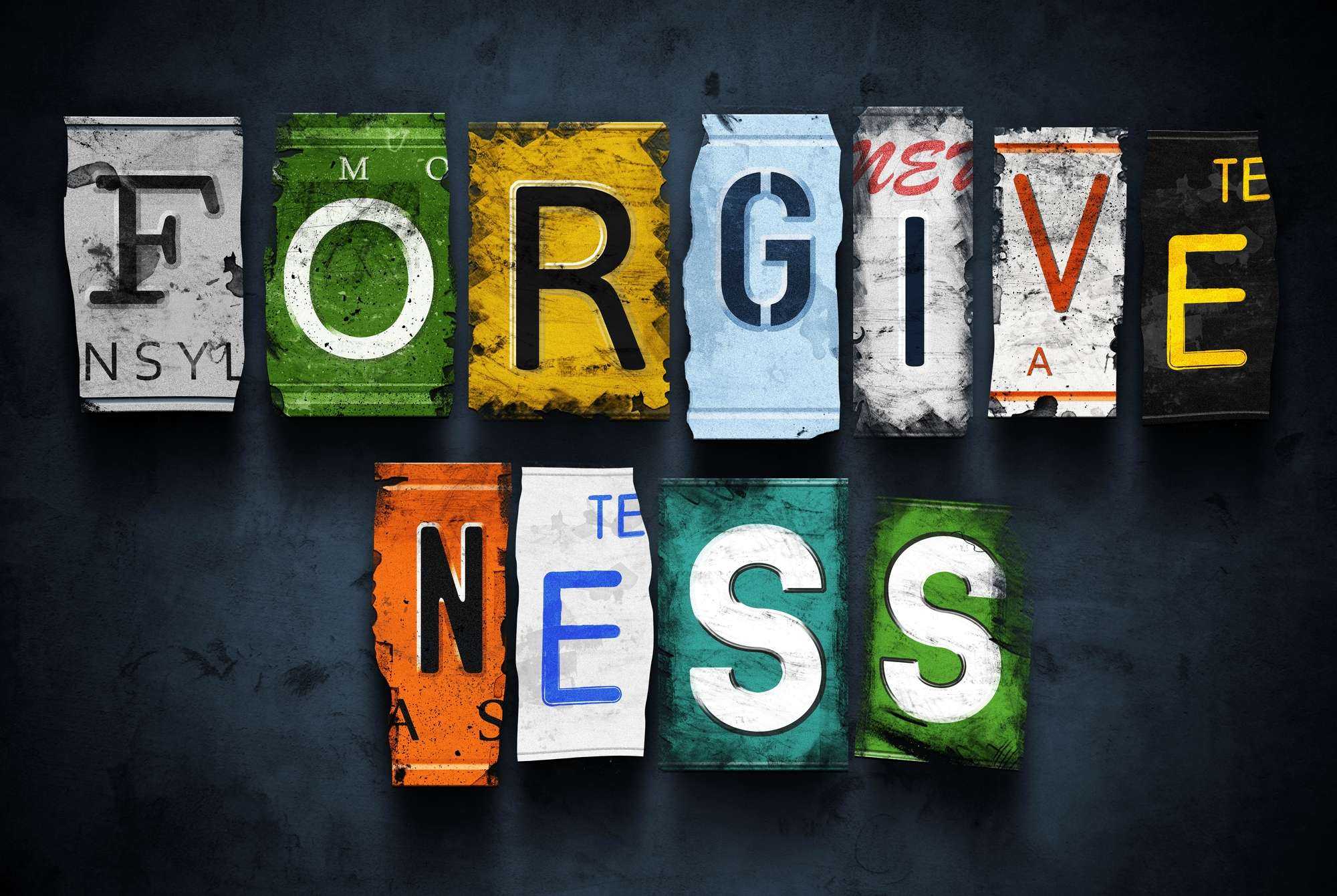BY TARA MUSHRAL
As we roll into the end of the year many are happy to see 2020 go. It has been a difficult year globally for us, the pandemic, fight for racial equity, struggle to keep small businesses alive are just a few of the events that have us sprinting towards something new.
Before I run into 2021, I wanted to ensure I was surrendering what no longer severed me. I am leaving the need to be right and any resentments of the past here and stepping free of those restraints. The past can make us try to balance the score or get in a state of always being right or justified.
I recently decided that the best way to move forward was to actually forgive and forget. To truly release the wrongdoings of others. This means the lessons have been received by my soul, but I am letting go and forgetting the pain or feelings of resentment that come along with it.
Forgiveness is such a powerful tool.
I really learned this with my son’s father. We had a relationship on and off for over 20 years. There were countless infidelities and lots of forgiving. Our last stand was toxic, and I was very angry when I witnessed these behaviors with my own eyes.
That night replayed in my mind for a few years, as did the pictures and events with the other woman that came up that I couldn’t unsee. I was left feeling less than desirable, unattractive and ultimately like I was lacking something. To the outside world I showed up confident and secure but inside I had a heavy burden of unworthiness to bare. These feelings made me question myself as a woman.
Time passed and slowly the pain eroded, however when I reflected, I was always keeping score and his actions weighed on my mind. Even during the 20 years of on and off, there was never real forgiveness. The weight of the resentment kept me from shining my light. My love for the world couldn’t fully emanate as the darkness and remnants of the deceit still lingered.
Last year I found out my ex had cancer and I finally could offer forgiveness. My son and I stood by his side through cancer and I am happy to say that he is on the other side of it and healing now.
I learned how to forgive from a place of pure love. That love started with love for myself. As I learned to love myself more, I could extend love out to others, with no strings attached. I could extend boundaries that made me feel safe and know in my heart that I deserved them. There were no thoughts of getting even or getting over it. There were just thoughts of love and healing that I wanted for him.
They say that forgiveness is for yourself and I do believe that. I have learned so many lessons through these experiences but freeing my soul of the anger and feelings of unworthiness that arose after the betrayals were the most powerful for me. The animosity and hurt weighs us down and affects how we show up in this world.
The day I offered forgiveness to my ex I freed myself and I can honestly say all I want for him is the best now. I have learned it wasn’t about me, it wasn’t that I was unworthy, it wasn’t that I was too masculine or that the other women were better.
Real forgiveness releases us from the negative impact of an action. Caring around resentment or need to get even only burdens our heart. Impacts our trust and always has a heavyweight to bare. When we forgive, we release it all and we free ourselves. So, as we release 2020 what can you forgive and shed to be lighter and brighter in 2021?

